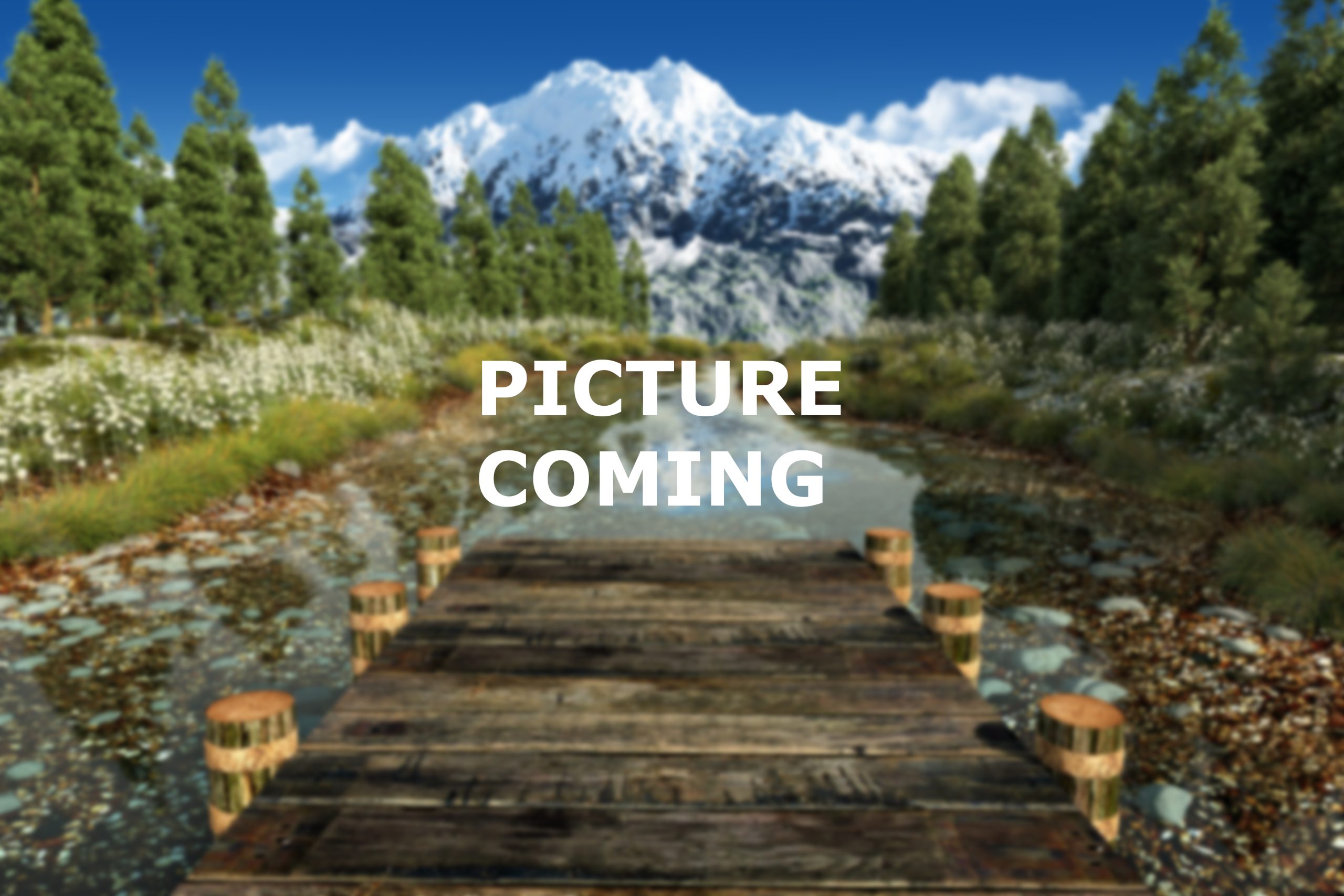The Blue and John Crow Mountains National Park was the first national park in Jamaica, established in 1993. It was created to protect the island’s largest remaining forested areas and is recognized as a UNESCO World Heritage Site.
About Jamaica National Parks
Jamaica, a Caribbean island nation known for its vibrant culture and breathtaking landscapes, is home to several national parks that protect its rich biodiversity and stunning natural beauty. The island features three officially designated national parks, each offering a unique glimpse into Jamaica’s diverse ecosystems, from lush rainforests and towering mountains to pristine coastal environments.
One of the most prominent national parks is the Blue and John Crow Mountains National Park, a UNESCO World Heritage Site. This vast park spans over 100,000 acres and encompasses some of the highest peaks in Jamaica, including Blue Mountain Peak, the country’s tallest summit at 2,256 meters (7,402 feet). The park’s dense rainforests are home to a wide array of flora and fauna, including the Jamaican boa, the endangered Jamaican blackbird, and over 200 species of birds, many of which are endemic to the island. The park is also culturally significant, as it once served as a refuge for the Maroons, escaped enslaved people who established free communities in the mountains. Today, visitors can explore numerous hiking trails, including the challenging trek to Blue Mountain Peak, which offers panoramic views of the island and, on clear days, even the distant shores of Cuba.
Another significant natural area is the Cockpit Country region, an ecologically vital and geologically unique area characterized by dramatic limestone karst formations, underground rivers, and dense forests. This rugged terrain is one of Jamaica’s most important biodiversity hotspots, supporting hundreds of plant and animal species, some found nowhere else in the world. Although not a national park, it is particularly known for its extensive cave systems and hidden waterfalls, which provide habitats for rare bat species and other subterranean wildlife. Efforts to preserve this area have intensified in recent years due to threats from mining and deforestation, with conservationists advocating for its protection as a critical water source for the island.
Jamaica’s marine environments are also safeguarded within Montego Bay Marine Park, the country’s first marine national park. Covering approximately 15 square kilometers, the park protects coral reefs, mangroves, and seagrass beds that support a variety of marine life, including colorful fish, sea turtles, and dolphins. Snorkeling and scuba diving are popular activities in the park, allowing visitors to experience the vibrant underwater ecosystems. Conservation efforts within the park focus on combating coral reef degradation caused by climate change, pollution, and overfishing, with local organizations working to restore damaged reef structures.
While Jamaica’s national parks offer stunning natural beauty and essential conservation efforts, they also face significant challenges. Deforestation, illegal mining, and climate change threaten the delicate ecosystems within these protected areas. However, conservation initiatives led by government agencies and environmental organizations have made notable strides in preserving Jamaica’s natural heritage. Programs focused on reforestation, wildlife protection, and community involvement in sustainable tourism have contributed to the ongoing efforts to safeguard these invaluable landscapes.
Jamaica’s national parks serve as vital refuges for the island’s extraordinary biodiversity while offering visitors opportunities to explore its breathtaking natural wonders. From the misty peaks of the Blue and John Crow Mountains National Park to the rugged terrain of Cockpit Country National Park and the underwater marvels of Montego Bay Marine Park, these protected areas showcase the beauty and ecological richness of Jamaica.
Jamaica National Parks

Blue and John Crow Mountains NP
Explore Now
Montego Bay Marine Park
Explore NowFAQ’s
1. What was the first national park in Jamaica?
2. What is the largest national park in Jamaica?
The Blue and John Crow Mountains National Park is the largest, covering 495.2 square miles (1,287 square kilometers). It includes rugged mountain terrain, diverse wildlife, and cultural heritage sites.
3. What is the smallest national park in Jamaica?
The Holywell National Park, located within the Blue and John Crow Mountains National Park, is the smallest national park. While it is technically a part of the larger park, it is often managed separately as a recreational area. It spans about 4.5 square miles (11.6 square kilometers).
4. What is the most popular national park in Jamaica?
The Blue and John Crow Mountains National Park is the most visited due to its rich biodiversity, hiking trails, waterfalls, and cultural significance. It is home to the famous Blue Mountain Peak, where visitors can enjoy breathtaking views.
5. What percentage of Jamaica's land area is protected through official national parks?
Jamaica has approximately 5% of its land area designated as national parks. However, if including all protected areas (such as forest reserves and marine parks), the percentage increases to over 18%.
6. What other protected areas are there in Jamaica?
Besides national parks, Jamaica has:
- Marine Parks (e.g., Montego Bay Marine Park, Negril Marine Park)
- Forest Reserves (e.g., Cockpit Country Forest Reserve)
- Game Sanctuaries
- Nature Reserves (e.g., Mason River Protected Area)
7. What nature attractions does Jamaica have apart from national parks?
Jamaica offers many stunning natural attractions, including:
- Dunn’s River Falls (cascading waterfalls in Ocho Rios)
- YS Falls (a series of beautiful waterfalls in St. Elizabeth)
- Luminous Lagoon (a bioluminescent bay in Falmouth)
- Cockpit Country (a unique karst limestone landscape with caves and biodiversity)
- Rio Grande River (popular for bamboo rafting)
8. What species are endemic and unique to Jamaica alone?
Jamaica is home to many endemic species, including:
- Jamaican Iguana (Cyclura collei) – once thought extinct but rediscovered in 1990
- Jamaican Tody (Todus todus) – a small, colorful bird
- Jamaican Boa (Chilabothrus subflavus) – the island’s largest native snake
- Jamaican Hutia (Geocapromys brownii) – the only native land mammal
- Jamaican Giant Swallowtail Butterfly (Papilio homerus) – one of the world’s largest butterflies
9. What is Jamaica's main international airport?
Jamaica has two major international airports:
- Norman Manley International Airport (KIN) – Located in Kingston
- Sangster International Airport (MBJ) – Located in Montego Bay (the busiest airport for tourists)
10. What international airline companies fly into Jamaica?
Jamaica is served by many international airlines, including:
- Air Canada
- American Airlines
- British Airways
- Caribbean Airlines
- Copa Airlines
- Delta Air Lines
- Frontier Airlines
- JetBlue Airways
- Southwest Airlines
- Spirit Airlines
- United Airlines
- WestJet
11. Who manages the national parks of Jamaica?
Jamaica’s national parks are managed by the Jamaica Conservation and Development Trust (JCDT). Their official website is: www.jcdt.org.jm.
Other protected areas, including marine parks and reserves, are managed by:
- National Environment and Planning Agency (NEPA) – www.nepa.gov.jm
- Forestry Department of Jamaica – www.forestry.gov.jm








































































